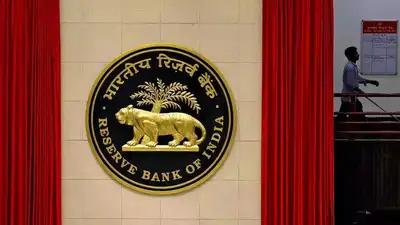RBI's Rate-Cutting Cycle Begins
The Reserve Bank of India (RBI) initiated its rate-cutting cycle in February with a 25 basis point reduction in the repo rate. Despite this move, deposit rates have largely remained unchanged, offering limited benefits to depositors.

Impact on Deposit and Lending Rates
According to RBI data, the weighted average domestic term deposit rate (WADTDR) reached an eight-year high of 6.91% in 2024-25, with February seeing a nine-year high of 7.02%. Only a few banks have reduced rates, leaving the sector without a broad-based reduction in fixed deposit rates.
Future Expectations and Challenges
The central bank is anticipated to announce another 25 basis point cut, but the transmission to banks' cost of funds may be delayed. Changing depositor behavior and market volatility are key factors influencing this lag.
Expert Insights: "The present market volatility and the gap between savings account and fixed deposit rates are critical for understanding future shifts in depositor behavior," said Anil Gupta, senior vice president, ICRA.
Looking Ahead
Banks may lower deposit rates if the RBI shifts its policy stance to accommodative, potentially moving the Marginal Cost of Funds-based Lending Rate (MCLR) and overall lending rates.









Comments